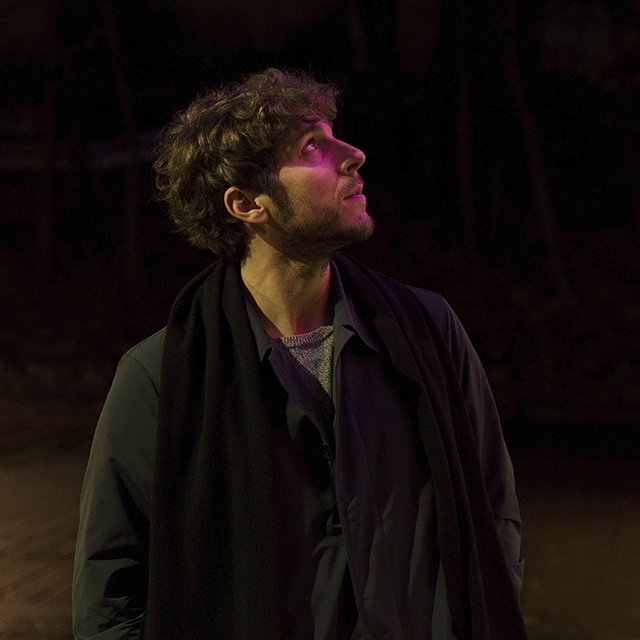Wanderful Loves
Susan Yelavich, Parsons, The New School of Design, New York, VS
Once upon a time, evidence was thought to lend credibility to proposals and arguments. Objects of evidence—whether thoughts or physical artefacts—were assembled and laid out for examination. Evidence was something shared. It invited the consideration of all contestants. However, in today’s social and political culture, contestation has been contaminated by a game show mentality, by a culture of Facebook and Twitter ‘likes’ and by so-called reality TV shows. (The Brexit vote surely proved this when citizens admitted to thinking that their vote wouldn’t have consequences; see The Daily Telegraph’s piece on this at: ‘I’m full of regret’ – extraordinary moment Brexit voter changes her mind).
In the political arena, the same disregard for evidence is being flagrantly vaunted—most egregiously at this writing by the U.S.’s Republican Presidential nominee Donald J. Trump. Declarative statements have displaced evidence entirely. Of course, demagogues have resorted to suppressing evidence throughout history. What’s different today is that evidence is eminently more discoverable and yet it is voided of meaning by tautological bubbles. As the blogger Killjoyfeminists writes about evidence in the context of racism and sexism:
No matter how much evidence you have …, no matter how many documents, communications, encounters,… what you have is deemed as insufficient. … My proposition is simple: that the evidence we have of racism and sexism is deemed insufficient because of racism and sexism.
https://feministkilljoys.com/2016/07/12/evidence/
This situation leaves designers with several problems of which I will only take on four here.
Design Problem I: Insularity
Evidence, once meant to mitigate biases and preconceptions, is only trusted if it confirms bias and misconception. The design problem here is one of un-othering, of establishing the equivalent of demilitarized zones (like Conflict Kitchen in Pittsburgh), or to create spaces for Truth and Reconciliation forums (like those held in Ireland after the Troubles and in South Africa after apartheid).
Design Problem II: Time
Examining evidence is like examining one’s conscience, takes an investment of time that technology has sundered. For the most part, these technologies are designed with one end in mind: speed, the enemy of reflection. Here design is complicit in creating the larger cultural condition that does not favour examining evidence. (Though gratifyingly, there are growing numbers of designers working to reduce our over-stimulation, like Alter Ego Architects’ concept cell that rejects the habit of multitasking by eliminating all distracting apps, and countless others who take their cues from movements like Slow Food.)
Design Problem III: False economies of time
Designers who are interested in affecting social change, or stimulating (but not controlling) social innovation must operate with the time-deprived condition of Problem II. They are likely to encounter the depletion of the meaning of “evidence” in the context of seeking funding to support their initiatives. Evidenced based philanthropy increasingly bases decisions on short-term evidence of success, far shorter time frames than any projects in corporate research and development would be judged by. Evidence of success and failure is distorted in short-term assessment processes. The design problem is to find strategies to present their work through narratives that celebrate the value of incompleteness, instead of tidy statistical evidence that merely serves to assure the investment in the social has a quantifiable ROI (return on investment).
Problem IV: Reconfiguring ‘evidence-based design’
Evidence-based design became a term of art in healthcare. It drew on the experience of patients, physicians, and nurses to reconfigure hospital spaces into spaces of well-being. (Offering views of nature, for example, was demonstrated to speed recovery times; this evidence made the design argument for windows and green spaces more than a mere aesthetic preference.) The challenge to designers is to elicit narratives of experience and use those narratives to make propositions that communities can adjudge as evidence(s) of possibility.



